17 February 2025
Historic homes have a charm that’s hard to beat, don’t they? The intricate woodwork, the unique architectural details, the sheer history embedded in the walls—it’s like stepping back in time. But when it comes to renovating these gems, there’s one golden rule: authenticity matters. Using authentic materials isn’t just about maintaining the look; it’s about preserving the soul of the home. Let’s dive into why staying true to these materials is so important and how it can make or break your historic renovation.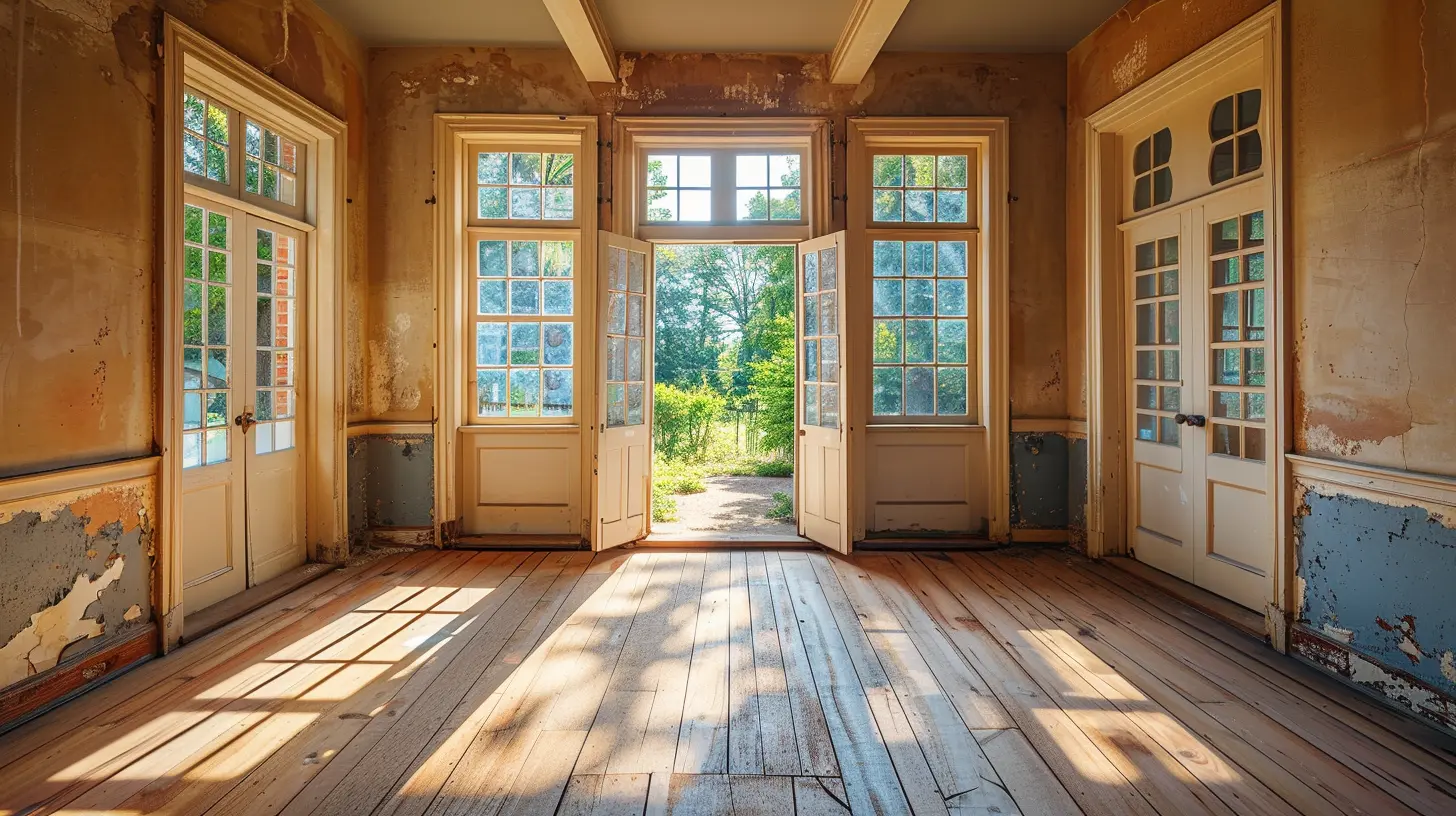
Why Do Historic Homes Deserve Special Treatment?
Okay, picture this: you’ve bought a gorgeous Victorian home with a wraparound porch, stained glass windows, and hand-carved moldings. Now imagine gutting it and replacing everything with modern drywall, laminate flooring, and vinyl windows. Ouch, right? It’s not just about aesthetics—it’s about respecting the craftsmanship and history of the space.Historic homes are like time capsules. They tell stories of the past through every piece of wood, stone, and metal. Renovating one isn’t like flipping a newer home; it’s more like restoring a classic painting. You wouldn’t use crayons to touch up the Mona Lisa, would you? The same logic applies here.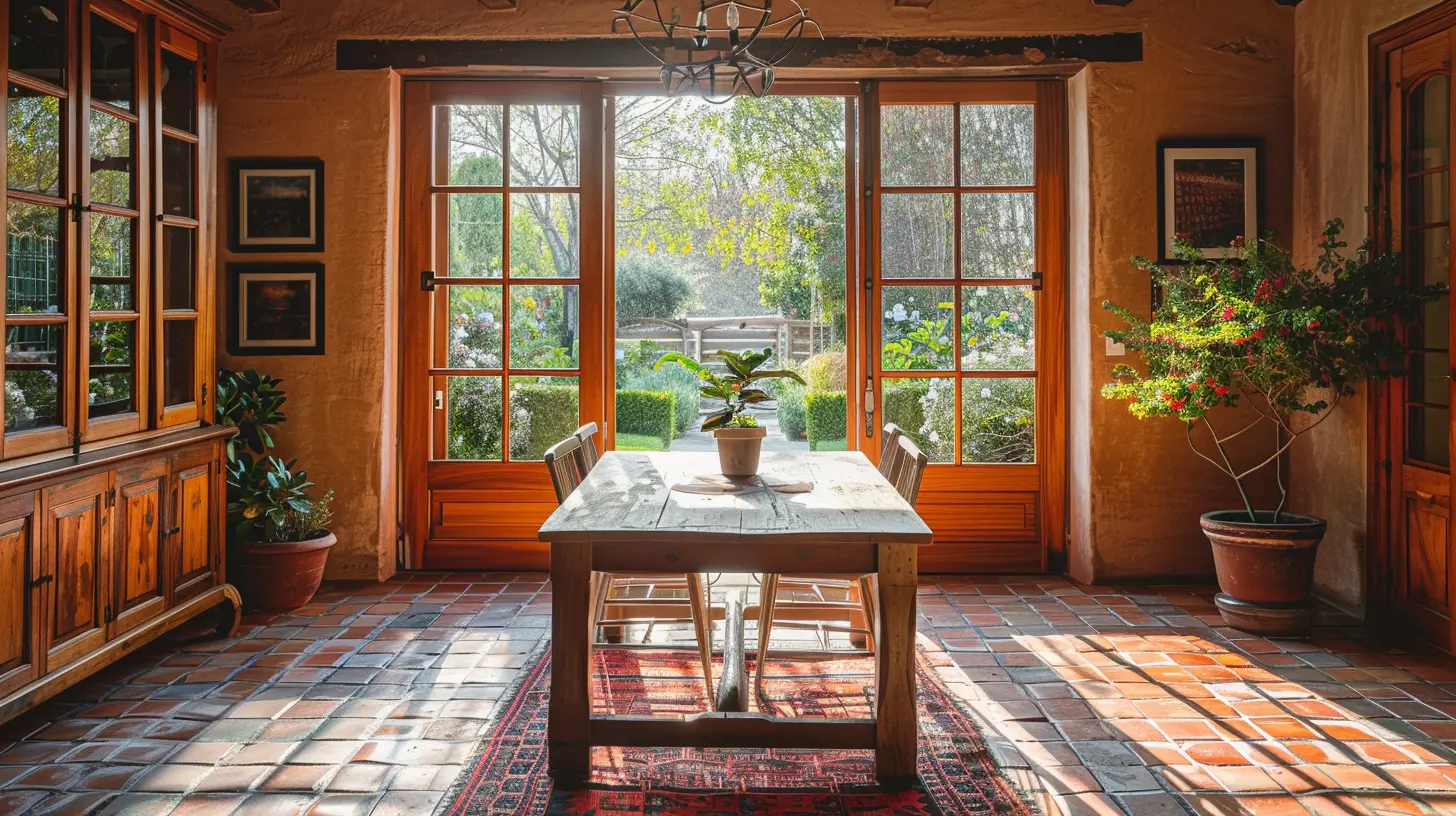
What Are Authentic Materials Anyway?
When we talk about authentic materials, we’re basically saying, "stick to the script." These are materials that either match or closely mimic those originally used when the home was built. Think reclaimed wood, traditional lime plaster, handmade tiles, or aged brick.Using authentic materials ensures that your renovation stays true to the home’s original character. It’s not just about looking the part—it’s about using materials that age, behave, and feel the same way as the originals. Authentic materials don’t just preserve the aesthetic; they also help the home retain its historical significance.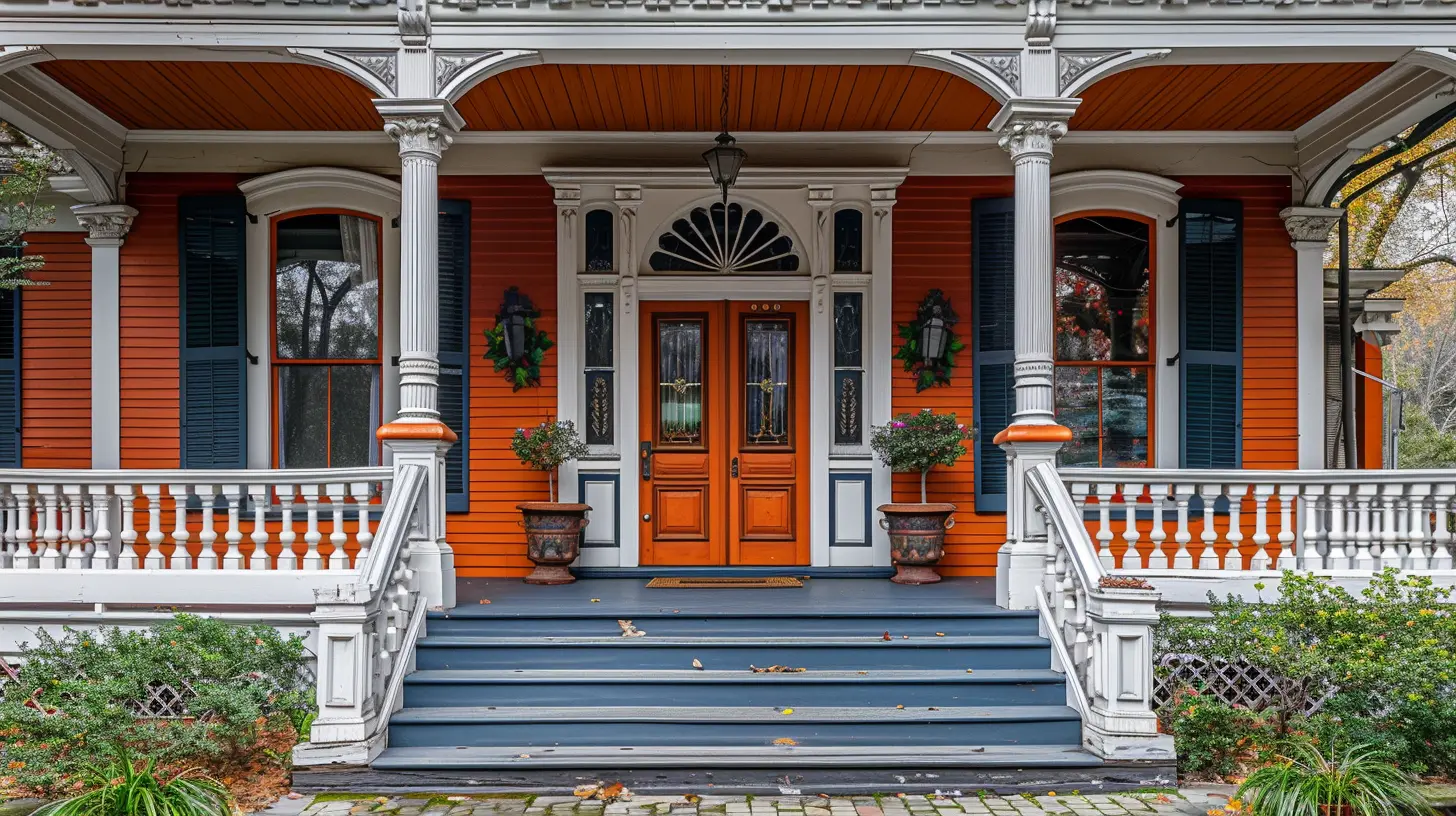
The Benefits of Using Authentic Materials
So, why go through all this effort for authenticity? It’s not just about history buffs wagging their fingers at you (though that might happen too). Let’s unpack the reasons why sticking to authentic materials is a big deal.1. Preserving Historical Integrity
Imagine visiting a historic neighborhood and seeing a row of old homes…except one has a modern aluminum roof, while the others have weathered cedar shingles. It would stick out like a sore thumb, right? Historic homes are part of a larger story—they’re often tied to the character of a neighborhood or town. Using authentic materials ensures the home stays true to its roots and contributes to the area’s overall charm.2. Increasing Resale Value
Here’s the thing: people who are into historic homes are usually purists. They want original features, authentic details, and a true sense of history. A home that’s been stripped of its original character? Not so much. Renovating with period-appropriate materials can actually boost your home’s value. Why? Because it stands out as a lovingly restored piece of history, not just another house with a facelift.3. Sustainability
Surprised? Authentic materials can actually be eco-friendly. Reclaimed wood, salvaged bricks, and repurposed fixtures are often more sustainable than buying new materials. You’re essentially giving old materials a second life instead of sending them to a landfill. Plus, historic homes were built to last, meaning many of the original materials are far more durable than their modern counterparts.4. Craftsmanship That Stands the Test of Time
Let’s face it: they just don’t make things like they used to. Many historic materials were handcrafted or sourced locally, with an attention to detail that’s tough to replicate today. By using authentic materials, you’re maintaining that high level of craftsmanship, which is a key part of what makes historic homes so special.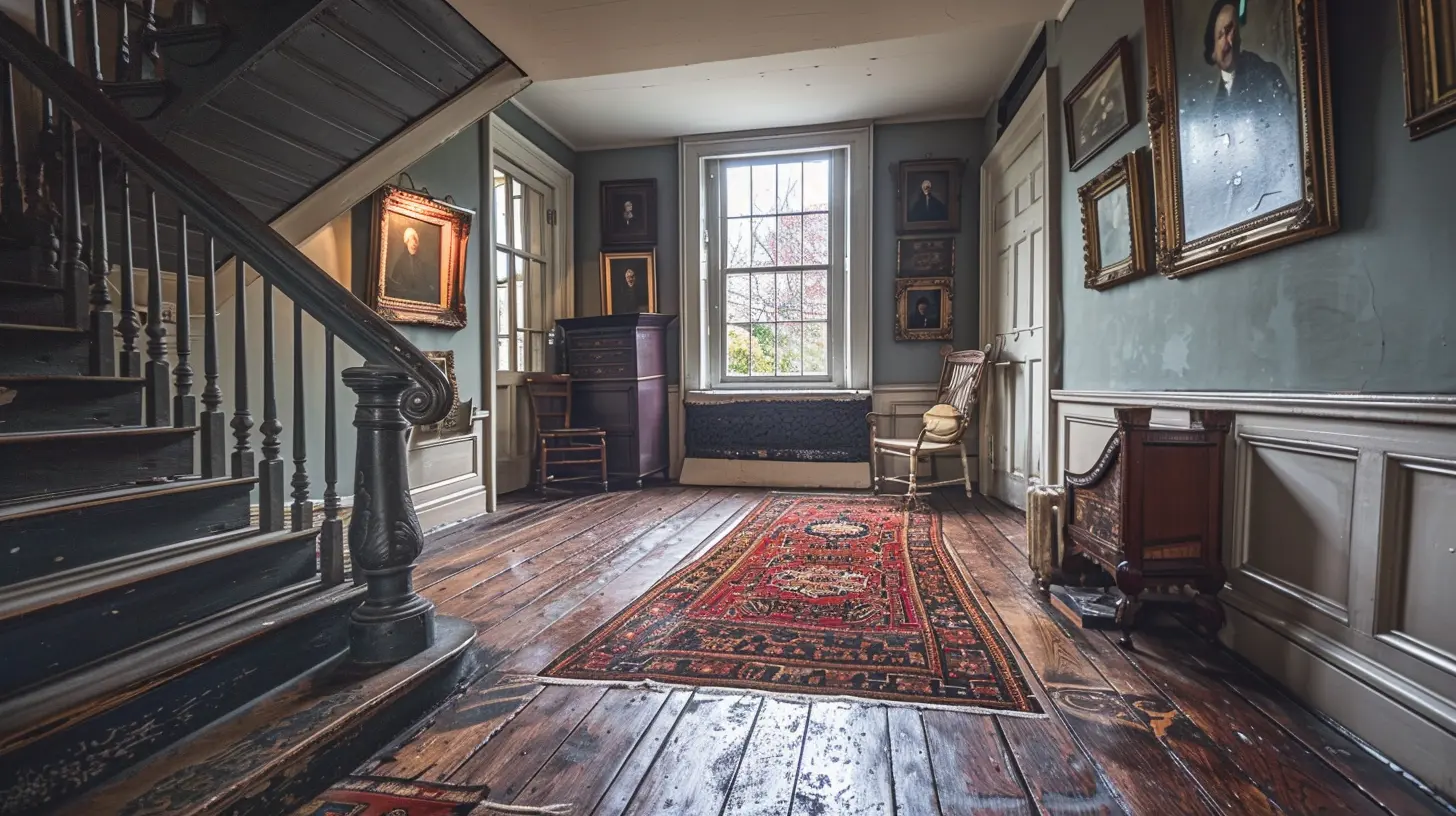
Challenges of Using Authentic Materials (And How to Overcome Them)
Alright, I won’t sugarcoat it: using authentic materials isn’t always a walk in the park. But hey, nothing worth doing ever is, right? Here are some common challenges you might face—and how to deal with them.1. Cost
Let’s get the big one out of the way. Authentic materials can be pricey. Reclaimed wood, custom plaster, and handmade tiles don’t come cheap. But think of it this way: you’re making an investment. You’re not just preserving the home’s character; you’re also increasing its long-term value. If budget is tight, prioritize key features—like original windows or flooring—where authenticity has the most impact.2. Availability
Sometimes, finding authentic materials is like searching for a needle in a haystack. However, there’s hope! Architectural salvage yards, online marketplaces, and specialized restoration companies can be goldmines for period-appropriate materials. You can also consider custom reproduction, which can mimic the look and feel of the original materials.3. Skill and Expertise
Restoring a historic home requires a different skill set compared to modern construction. Not all contractors or builders are familiar with the techniques needed to work with authentic materials. Take the time to find skilled craftsmen who specialize in historic renovations—they’ll know how to handle those delicate plaster walls or vintage windows.Modern Substitutes vs. Authentic Materials: Can They Coexist?
Now, what if you’re in a pinch and can’t find a specific material—or it’s just way out of your price range? Does that mean you’re doomed to inauthenticity? Not necessarily. Modern substitutes can sometimes be a good compromise, as long as they’re chosen carefully.For example, if you can’t afford reclaimed wood, a high-quality engineered wood might do the trick if it matches the appearance of the original material. The key is to be mindful—don’t throw in stainless steel appliances in a 1920s Craftsman kitchen unless you’re blending styles intentionally. Always aim for materials that respect the original design and spirit of the home.
Why Attention to Detail Matters
Here’s a little secret: it’s the small details that make all the difference. That’s why using authentic materials isn’t just about the big-ticket items like woodwork or bricks. It’s also about the minor touches—like period-appropriate hardware, vintage light fixtures, or even traditional paint colors.Every detail contributes to the overall feel of the home. It’s like baking a cake—leave out one ingredient, and the whole thing feels off. When you pay attention to these details, you create a space that feels cohesive, authentic, and true to its time period.
Real-Life Success Stories
Let’s talk about inspiration for a second. Some of the most breathtaking restorations out there are those where homeowners went all-in on authenticity. Ever seen an 18th-century farmhouse brought back to life with its original stone walls, wide-plank floors, and hand-milled beams? It’s jaw-dropping.These success stories remind us that patience, research, and attention to detail can pay off big time. They’re also proof that it’s possible to strike a balance between preserving the old and accommodating modern needs like plumbing and electricity.
Final Thoughts: Authenticity Is Worth It
Renovating a historic home isn’t just a project—it’s a labor of love. It’s about respecting the craftsmanship of the past and ensuring that its beauty can be appreciated for generations to come. Authentic materials are the glue that holds this vision together. Sure, it’s more work, and yes, it might cost more—but the end result? Totally worth it.Whether you’re restoring a quaint bungalow or a grand Victorian mansion, remember this: every original detail you preserve is a nod to the people who built it and the stories it holds. And honestly, isn’t that the best part about owning a historic home?

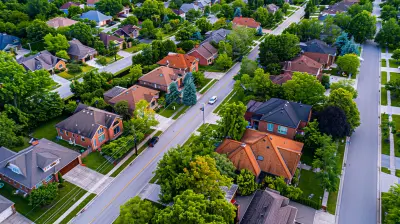

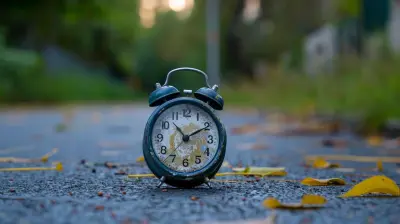
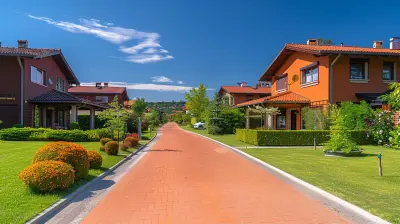

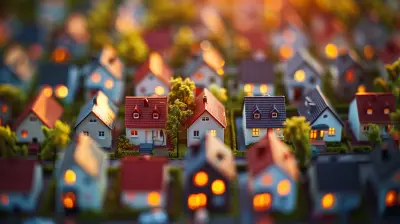

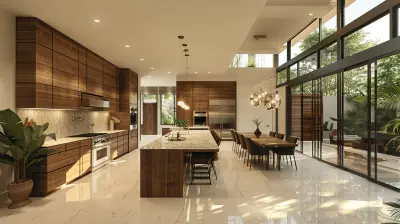
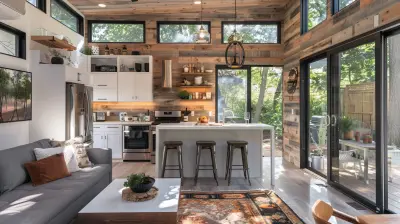

Holly Rosales
Great insights! Embracing authentic materials truly breathes life into historic homes, preserving their charm and character. It’s like giving a beloved story a fresh chapter while honoring its roots. Keep up the fantastic work in celebrating these beautiful transformations!
March 18, 2025 at 5:53 AM